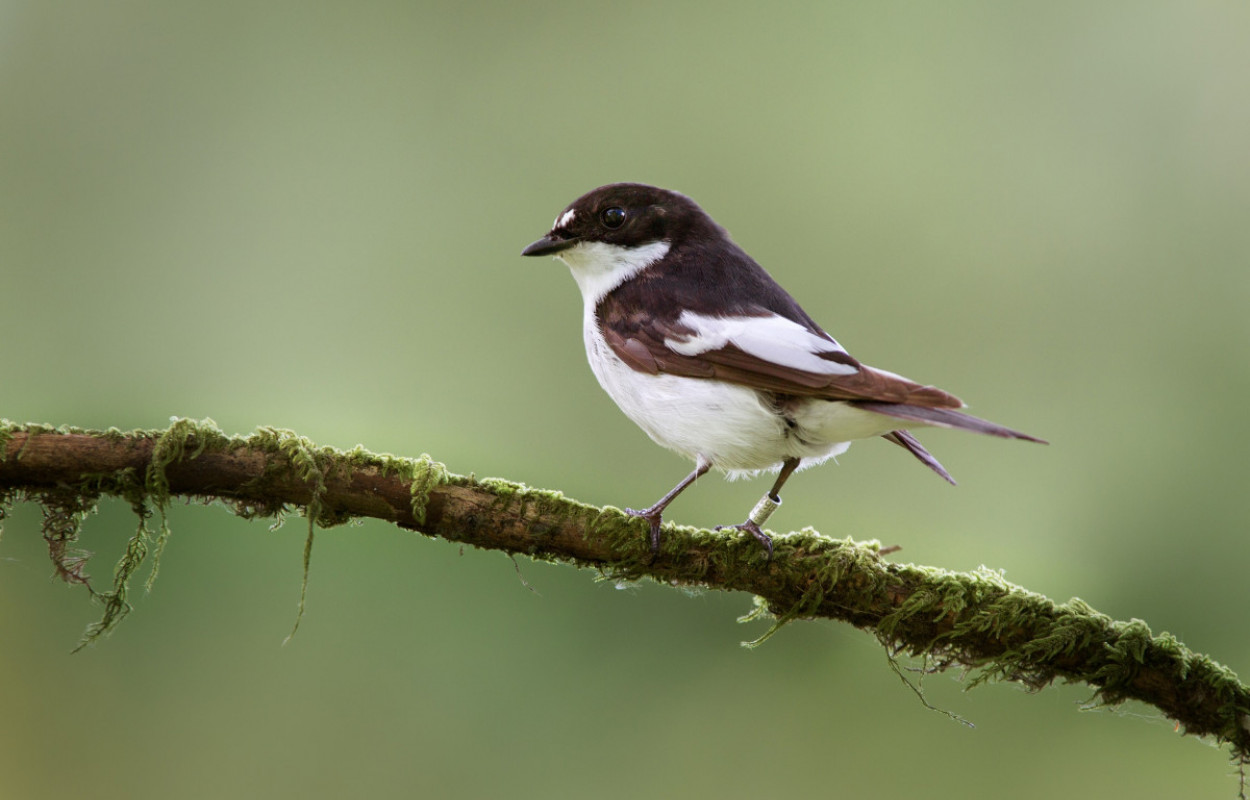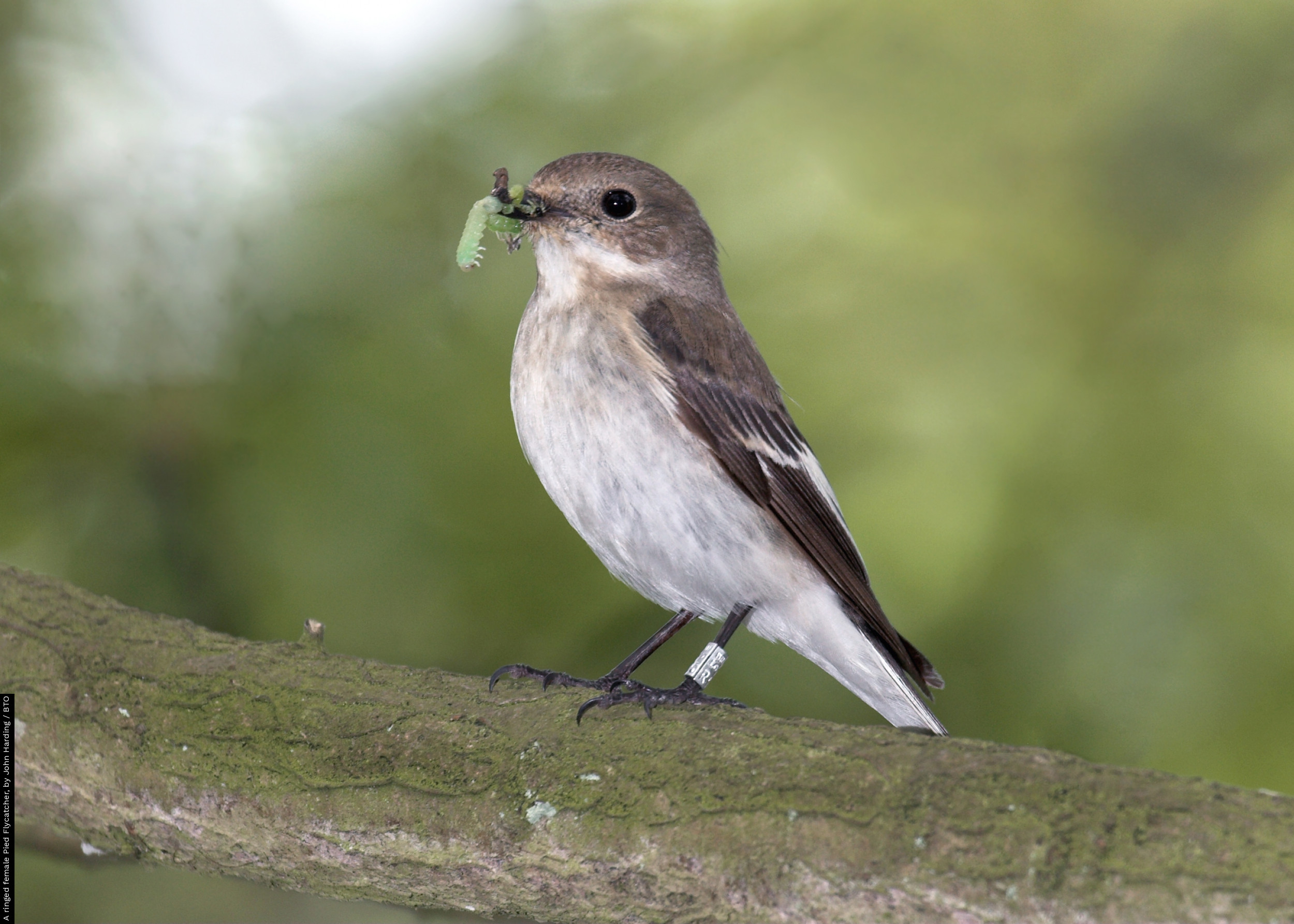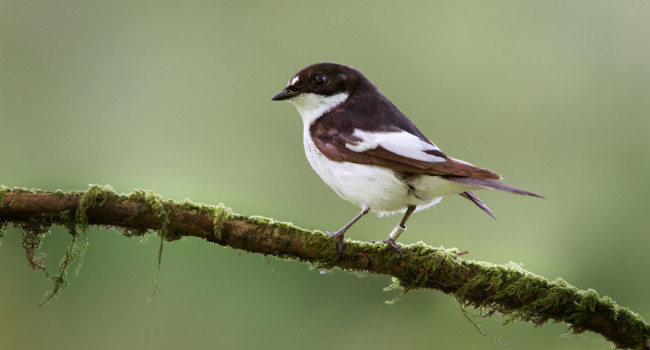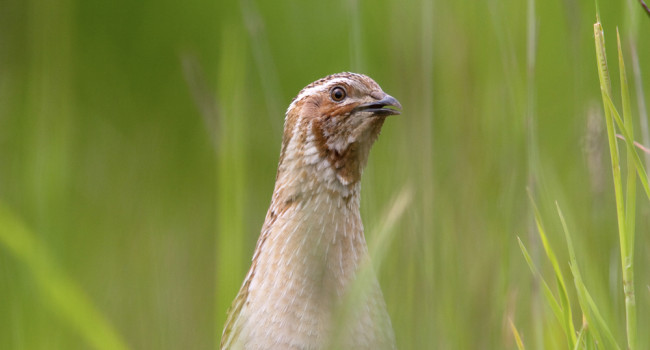Spatial consistency in drivers of population dynamics of a declining migratory bird

Author(s): Nater, C.R., Burgess, M.D., Coffey, P., Harris, B., Lander, F., Price, D., Reed, M. & Robinson, R.A.
Journal: Journal of Animal Ecology
Digital Identifier No. (DOI): 10.1111/1365-2656.13834
While the study of a single population can provide important insights into what is driving population change at a local scale, we really need information from many different populations if we are to deliver effective conservation measures for declining migrant birds. This study helps to address this knowledge gap.
Abstract
1. Many migratory species are in decline across their geographical ranges. Single-population studies can provide important insights into drivers at a local scale, but effective conservation requires multi-population perspectives. This is challenging because relevant data are often hard to consolidate, and state-of-the-art analytical tools are typically tailored to specific datasets.
2. We capitalized on a recent data harmonization initiative (SPI-Birds) and linked it to a generalized modelling framework to identify the demographic and environmental drivers of large-scale population decline in migratory pied flycatchers (Ficedula hypoleuca) breeding across Britain.
3. We implemented a generalized integrated population model (IPM) to estimate age-specific vital rates, including their dependency on environmental conditions, and total and breeding population size of pied flycatchers using long-term (34–64 years) monitoring data from seven locations representative of the British breeding range. We then quantified the relative contributions of different vital rates and population structure to changes in short- and long-term population growth rate using transient life table response experiments (LTREs).
4. Substantial covariation in population sizes across breeding locations suggested that change was the result of large-scale drivers. This was supported by LTRE analyses, which attributed past changes in short-term population growth rates and long-term population trends primarily to variation in annual survival and dispersal dynamics, which largely act during migration and/or nonbreeding season. Contributions of variation in local reproductive parameters were small in comparison, despite sensitivity to local temperature and rainfall within the breeding period.
5. We show that both short- and long-term population changes of British breeding pied flycatchers are likely linked to factors acting during migration and in nonbreeding areas, where future research should be prioritized. We illustrate the potential of multi-population analyses for informing management at (inter)national scales and highlight the importance of data standardization, generalized and accessible analytical tools, and reproducible workflows to achieve them.
Many migratory birds are in decline. Efforts to tackle these declines are hampered by the fact that migratory species occupy different sites (e.g. breeding grounds, stopovers on migration) at different points in their annual cycle. They may also be hampered by differences in the factors driving the declines, with some operating on one part of the population and others exerting their effects on another; additionally, the impacts affecting individuals in one area can carryover to other areas. A particular challenge has been availability of the data needed to tease out what is happening at the wider spatial scales at which migratory populations exist and operate. Can a network of volunteers, working on the same species in different parts of its breeding range, help address this knowledge gap?
Like many other Afro-Palearctic migrants, Pied Flycatcher populations have decreased substantially over recent decades: 29% since 1980 across Europe and 43% since 1995 in the UK. Despite local declines being linked to climatic factors and weather effects in both breeding and non-breeding areas, understanding of the drivers of the large-scale decline in this species remains elusive.
By using the information collected by volunteer bird ringers working on seven UK Pied Flycatcher populations, and largely coordinated through the piedfly.net project, the research team behind this study was able to explore the demographic and environmental drivers of large-scale population decline here in the UK. The analyses revealed that the changes seen in Pied Flycatcher populations across the UK were most likely linked to factors acting during migration and in the non-breeding areas, rather than to changes in breeding success here in the UK. The influence of variation in local reproductive parameters (e.g. the number of eggs or chicks produced) on the observed population change was small, despite these breeding populations being sensitive to local temperature and rainfall within the breeding period. The seven populations tended to be more similar in trend than might have been expected, suggesting larger-scale changes, such as to survival during the non-breeding period were more important. This indicates that we should concentrate future research effort on what is happening to these birds during migration and on their wintering grounds, which could ultimately improve the fortunes of this declining species.
Notes
The authors are grateful to the many monitors from PiedFly.Net that have contributed to bird data collection. They thank the late Henry Robb and Gordon Vaughn for collecting the Loch Katrine data and most of the Okehampton data, respectively, and Irene Benedicto and Brian Sharkey for help with digitisation. Nestbox monitoring would not have been possible without the support of local landowners including Natural England, Woodland Trust, National Trust, and the Forestry Commission. They also thank Dave Koons and Matthieu Paquet for constructive discussions regarding methodology. This work was funded by the RSPB and the Research Council of Norway (#267511).







Share this page